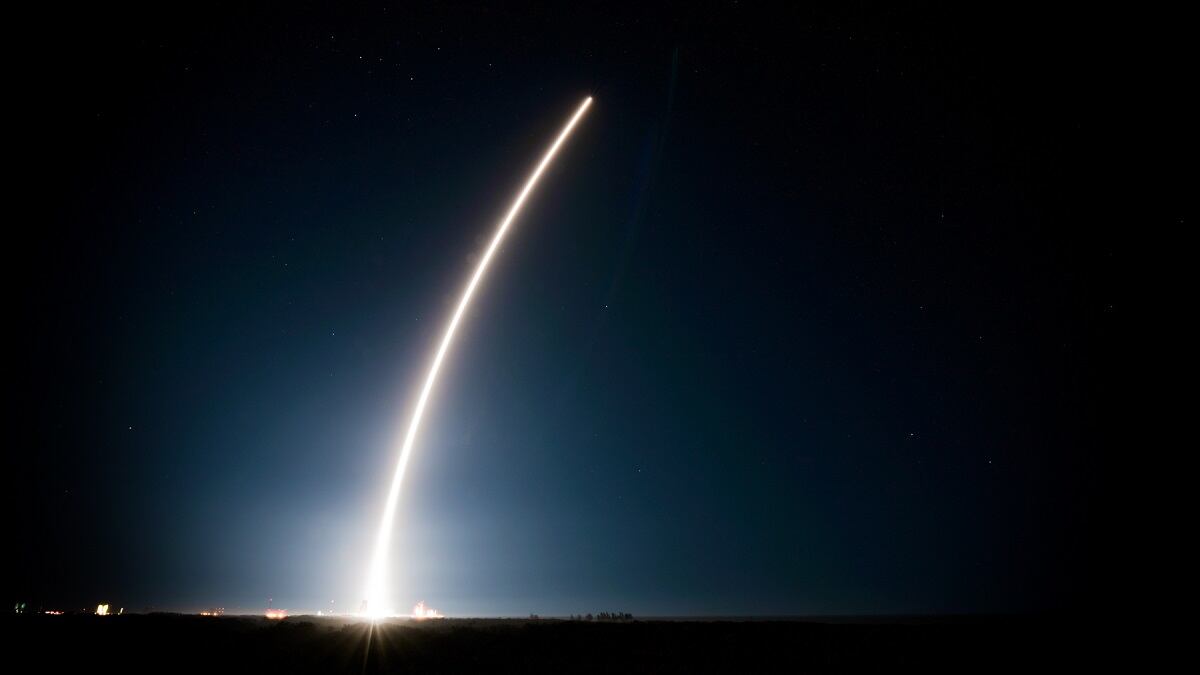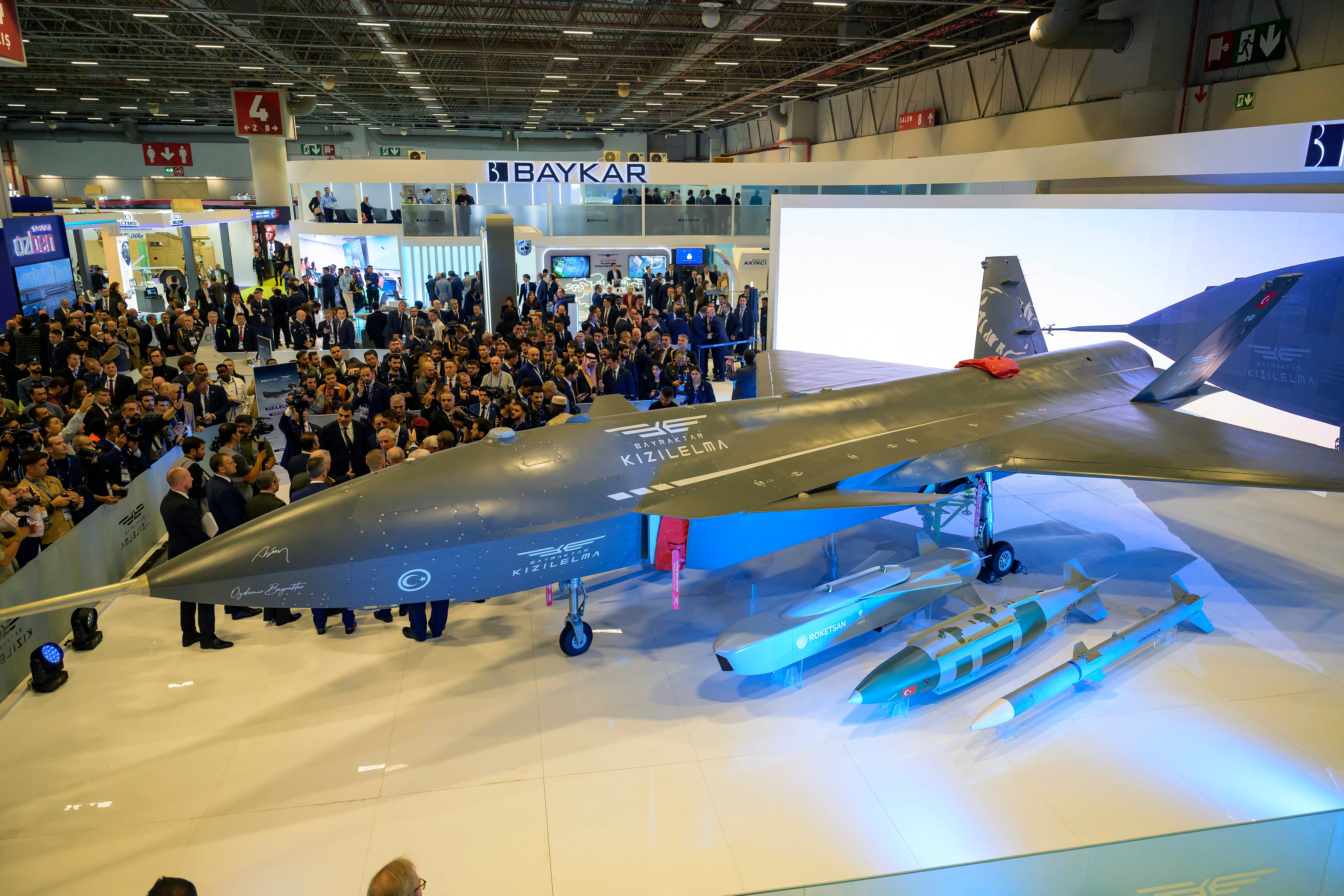Since it was established in Dec. 2019 — and probably even before that — one question has plagued the U.S. Space Force: when will they send humans into orbit?
While Space Force officials have tried to keep the focus on what their personnel will do on the ground to support the nation’s space assets, they’ve done little to dampen speculation. The Space Force probably didn’t help itself when it released a recruiting ad earlier this year that seemingly implied its members would literally be going to space.
But for anyone joining the Space Force to be an astronaut, Maj. Gen. John Shaw has some potentially bad news.
“I think it will happen,” said Shaw during the AFWERX Engage Space event Sept. 29. “But I think it’s a long way off.”
RELATED

Shaw would know. He’s been a key member of the lean staff standing up both the Space Force and U.S. Space Command, serving simultaneously as commander of the former’s Space Operations Command and the latter’s Combined Force Space Component Command. While Shaw sees humans in orbit as part of the military’s plans somewhere down the line, there are two big reasons why it’s not likely to happen soon:
“First, space isn’t really all that habitable for humans. We’ve learned that since our early space days,” he explained. “And the second is, we’re getting darned good at this robotics thing in space.”
“You know, the best robots that humans have ever created are probably satellites — either ones that explore other planets or operated within our own Earth/moon system. GPS satellites might be among those. They’re incredible machines, and we’re only getting better with machine learning and artificial intelligence. We’re going to have an awful lot of automated and autonomous systems operating in Earth and lunar orbit and solar orbit in the days and years to come doing national security space activity,” Shaw added.
In addition to satellites, the Space Force and the U.S. Air Force are investing in robotic capabilities that further preclude the need for humans in space.
Most notable is the Robotic Servicing of Geosynchronous Spacecraft (RSGS) program being run by the Defense Advanced Research Projects Agency. With RSGS, DARPA wants to develop a robotic arm that can be placed on a free flying spacecraft which can navigate up to satellites to conduct repairs, orbital adjustments, or even install new payloads.
DARPA is partnering with SpaceLogistics, a Northrop Grumman subsidiary who successfully began the first on orbit satellite life extension mission earlier this year. SpaceLogistics will provide the spacecraft, DARPA will provide the arm. DARPA hopes to launch that robotically enhanced vehicle into orbit in late 2022.
Closer to the ground, the Air Force Research Laboratory is building ROBOpilot, a robot that can fly planes. The robot completely replaces the need for human pilots—it can press pedals to activate brakes, pull on the yoke to steer, adjust the throttle, and even read the dashboard instruments to see where it is and where it’s going. Following a landing mishap that sidelined it for severla months, ROBOpilot returned to the skies for a 2.2 hour test flight Sept. 24.
The Space Force doesn’t necessarily need humans in space to conduct its missions. Take the secretive X-37b space plane, for instance. The unmanned vehicle is able to take off, carry host experiments into orbit, deploy satellites, and return to earth without humans on board.
But even as the military makes it less and less imperative to send humans into space, Shaw believes that it’s inevitable.
“At some point, yes, we will be putting humans into space," said Shaw. "They may be operating command centers somewhere in the lunar environment or someplace else that are continuing to operate an architecture that is largely perhaps autonomous.”
In July, the Sierra Nevada Corporation announced it had received a study contract for prototype orbital outposts—autonomous, free flying vehicles in low Earth orbit that will facilitate space experiments and demonstrations. Missions will include hosting payloads, supporting space assembly and manufacturing, microgravity experimentation, logistics, training, testing and evaluations. The outposts are expected to be on orbit within 24 months of the award. SpaceNews later confirmed that two other companies—Nanoracks and Arkisys—have also received study contracts.
While the expectation is that these orbital outposts will be unmanned for now, DIU hasn’t ruled out human occupants of future outposts. A DIU spokesperson told C4ISRNET in 2019 that the “the prototype will explore the military utility of exclusive DoD access to an unmanned orbital platform in order to perform experiments with no risk to human crew or other non-DOD payloads.” However, DIU has also noted that it would be interested in securing a “human rating” for future outposts.
So even if humans on orbit are not part of the military’s immediate plans, it remains a tantalizing possibility.
“At some point that will happen. I just don’t know when,” said Shaw. “And it’s anybody’s guess to pick the year when that happens.”
Nathan Strout covers space, unmanned and intelligence systems for C4ISRNET.








